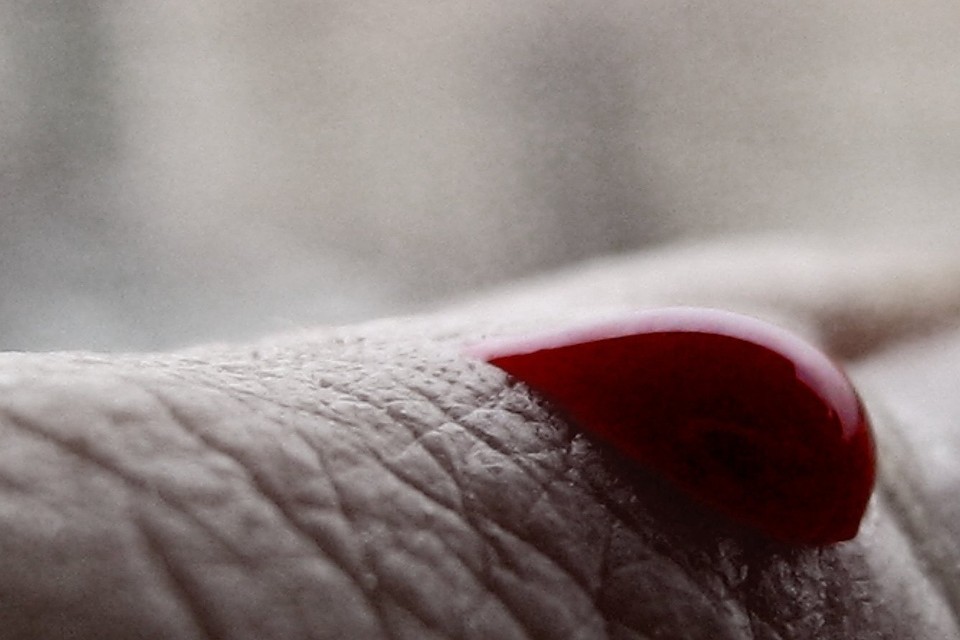It’s late at night. Late for me, anyway, but still early for the gentleman sitting beside me—he sleeps during the day,
and has only just awakened a few hours earlier. We’re at his house, where I’ve interviewed him more than a few times before, but tonight’s a little different.
On this occasion he produces a small rectangular box. Opening it, he reveals a new ceremonial knife, one that will be used to make a small incision in my arm. At his own insistence, he won’t do the cutting himself, due to a physical disability that impedes his dexterity. So we’re waiting for his wife to get home from work and take care of it. Once the cut is made, she’ll step back, and he’ll come forward to feed on my blood.
* * *
Today, there is a worldwide community of human vampires, or “real vampires,” as scholars typically call them. Real vampires are not undead, nor immortal, nor can they be weakened by garlic or vanquished by silver. In fact, they’re biologically typical in almost all ways, except in how they get part of their nourishment: from human and animal blood (vampires of this type call themselves “sanguinarians”), or by draining psychic energy (“psychic vampires” or “psi-vamps”), or both (hybrids).
For its participants, real vampirism isn’t a fad to be adopted one day and discarded the next (and those who treat it as such dismissed as mere “lifestylers” by the community). They feed out of what they are convinced is a biological need, one that generally appears during or just after puberty. Without their monthly, weekly, or sometimes daily feeding rituals, vampires claim, it becomes difficult for them to function—if they go too long without blood or “energy,” they can become weak, developing a host of physical and emotional symptoms that only a feeding can soothe.
In the two years I spent studying the vampires of New Orleans for my dissertation, I found that apart from their need for blood or its psychic equivalent, there were more genuine differences among them than commonalities. The people I met were equally men and women, ranging in age from 18 to 50. They were self-described atheists, monotheists, and polytheists; they were single, married, and divorced; and their sexual orientations were diverse. In fact, the only thing that truly united them all was the obvious exception to their otherwise “normal” existence: the impulse to take in blood or energy.
Some vampires, but not all, also choose to adopt the trappings of vampiric fashion, like Gothic dress and prosthetic fangs (some buy them stock, and others have custom acrylic dental prosthetics made from molds). These things are common, but they’re not at the core of the vampire identity—rather, they serve as external markers of the vampires’ internal state. Just as same-sex desire is distinct from the socio-cultural practices of the gay community, so being vampire is first a bodily need, then a set of personal and social practices for expressing it.

No comments:
Post a Comment